
For decades, anime has explored the idea of life beyond Earth, featuring everything from thoughtful space dramas to exciting adventures. These stories follow diverse characters – astronauts, pirates, miners, and even entire civilizations – as they live, work, and struggle to survive in space, on spaceships, and on faraway planets. They often depict the challenges of daily life in zero gravity, the difficulties of long-distance space travel, and the complex political issues that arise when people try to build new lives in space.
This is a collection of movies and TV shows that depict the everyday challenges and extended travels of living in space, rather than brief trips. You’ll find stories about everything from collecting space junk and long-distance exploration to deep-space battles, commercial transport, and the practical work needed to sustain life off-Earth. Each description explains the show’s focus and style, helping you choose the perfect space adventure to watch.
‘Cowboy Bebop’ (1998–1999)

This story centers on a small team of bounty hunters who travel from planet to planet and space station to station, taking on jobs to cover their expenses like fuel, food, and ship maintenance. It realistically portrays life aboard their ship – the challenges of limited supplies, and the dangers of capturing criminals, whether it’s in the close quarters of a spaceship or the emptiness of space. The story also explores how different spaceports control weapons and who is allowed to travel.
The show travels between various settlements and landscapes, illustrating what daily life is like as planets are transformed and trade connections develop. Using its science fiction backdrop, it also delves into topics like smuggling, criminal organizations, and the legal challenges that arise when multiple governments coexist in the same space.
‘Planetes’ (2003–2004)
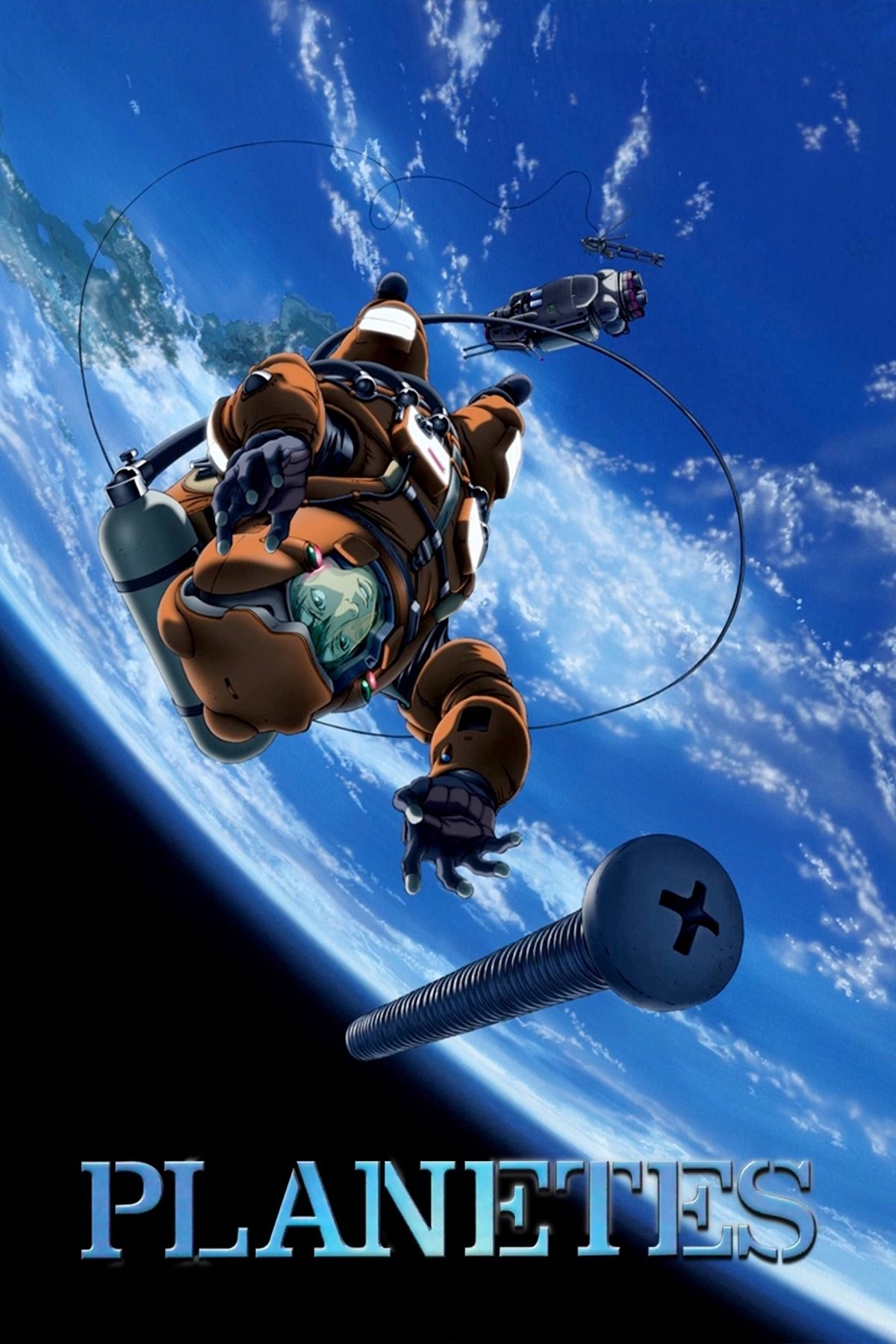
This team specializes in cleaning up dangerous debris in space to protect satellites and space stations. Their work includes maintaining spacesuits, practicing spacewalks, charting the best paths for debris removal, and understanding the business side of space cleanup – like figuring out who’s responsible for costs and any problems that occur.
The article also explores how demanding work schedules and slow communication impact both professional and personal relationships. It delves into career paths for those working in space, the health screenings astronauts undergo, and the ongoing challenge of balancing individual ambitions with the needs of the organization.
‘Legend of the Galactic Heroes’ (1988–1997)
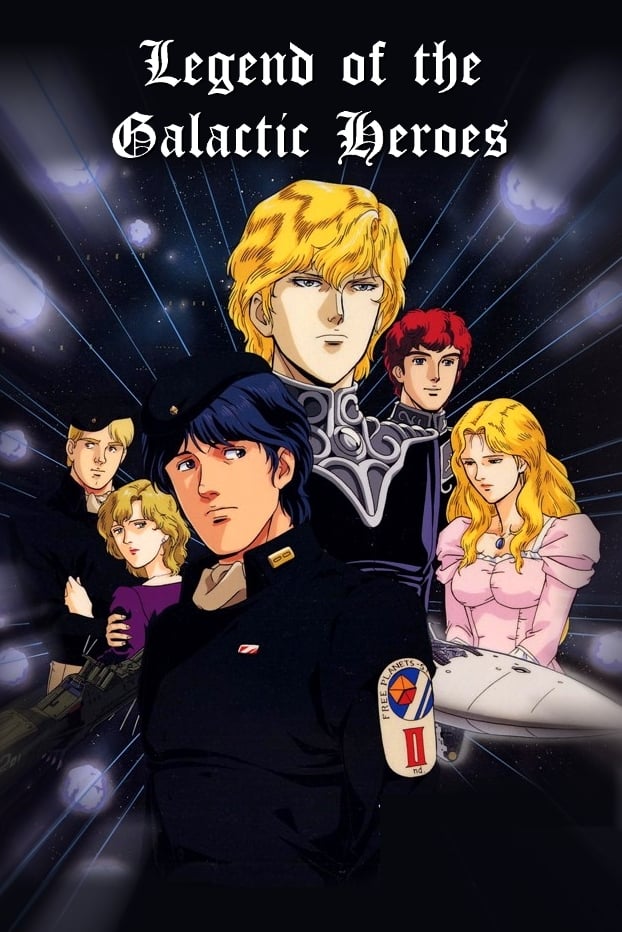
This epic story follows two powerful empires engaged in both war and negotiation. It realistically portrays the complexities of interstellar conflict, focusing on the challenges of commanding fleets across vast distances, maintaining supply chains, and how logistics and information impact the lives of everyone involved – from military leaders to ordinary citizens.
Space life in this story is shown through the everyday routines of those living on spacecraft – including medical care, housing, and schools built to support long-term military missions. The story also explores how things like propaganda, elections, and powerful families affect where ships travel and how conflicts start.
‘Space Brothers’ (2012–2014)
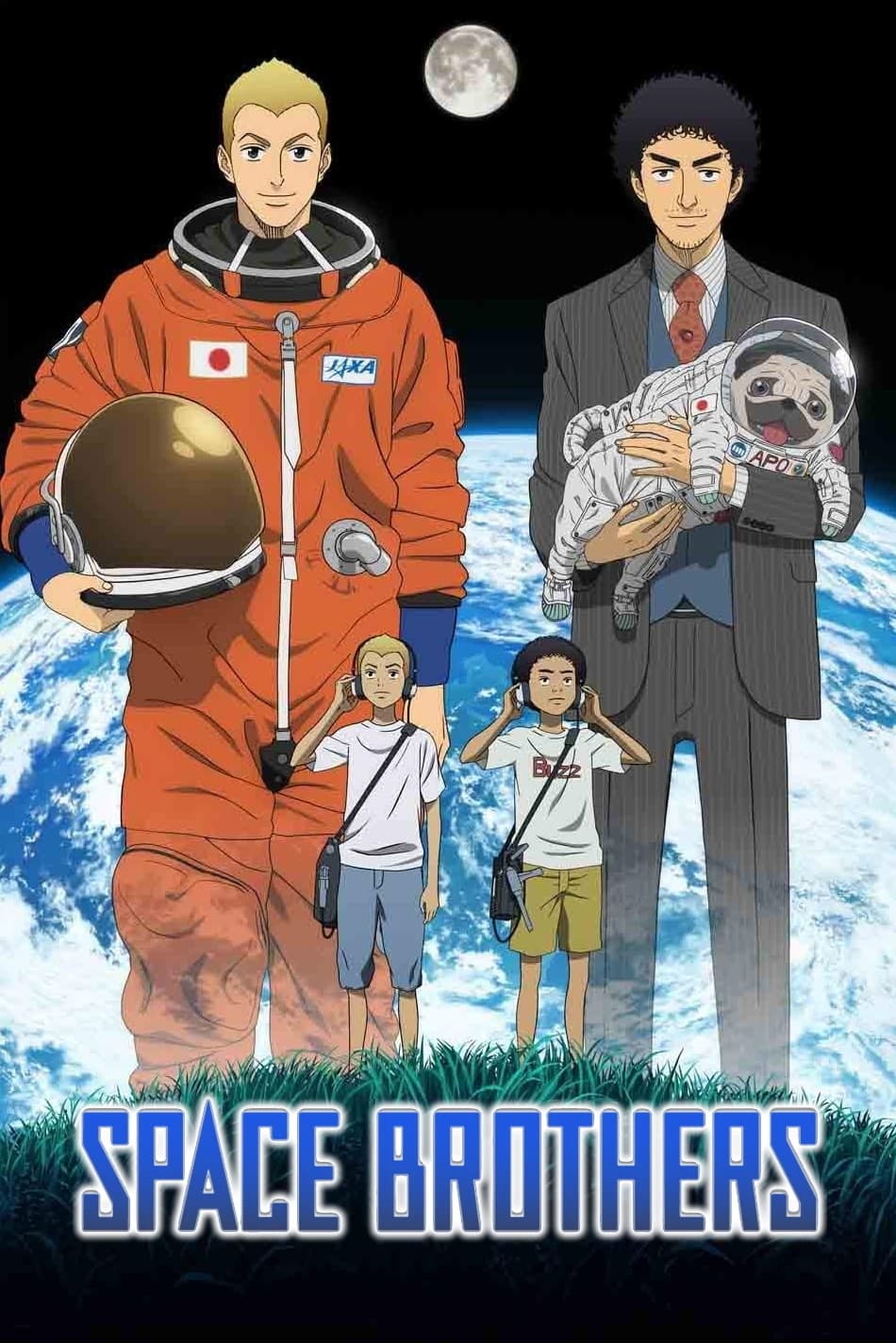
This story follows two siblings as they pursue careers in space travel, taking them from Earth to the Moon and even further. It details the rigorous process of becoming an astronaut, including intense training, realistic simulations, survival challenges, and thorough engineering evaluations – all necessary steps before launching into space.
Space agencies and lunar bases closely document everyday life, from work schedules and teamwork to how problems are solved using detailed checklists. They also cover the personal side of long missions – things like managing money, dealing with the media, and planning for families when astronauts are away for months or even years.
‘Knights of Sidonia’ (2014–2015)

As a sci-fi fan, I’m completely hooked on this show! It’s set on this incredible ship, basically a giant seed traveling between stars, and it follows the lives of the people who live there. What really gets me is seeing how they make everything work – growing food, recycling water, keeping the air breathable – all inside this closed environment. And it’s not just about the tech, either. We see how the pilots cope, how they train, and even just how they *live* in such tight spaces. It’s a really immersive look at what life would be like on a generation ship, constantly on the move and facing danger from out there.
Life on these ships is highly regulated, with everyone and everything focused on ensuring the colony survives. We see how this works through things like required service, cloning to maintain population, careful farming, and constant preparation for emergencies and repairs – all of which explain how people have managed to live for centuries traveling through space.
‘Space Battleship Yamato 2199’ (2012–2013)
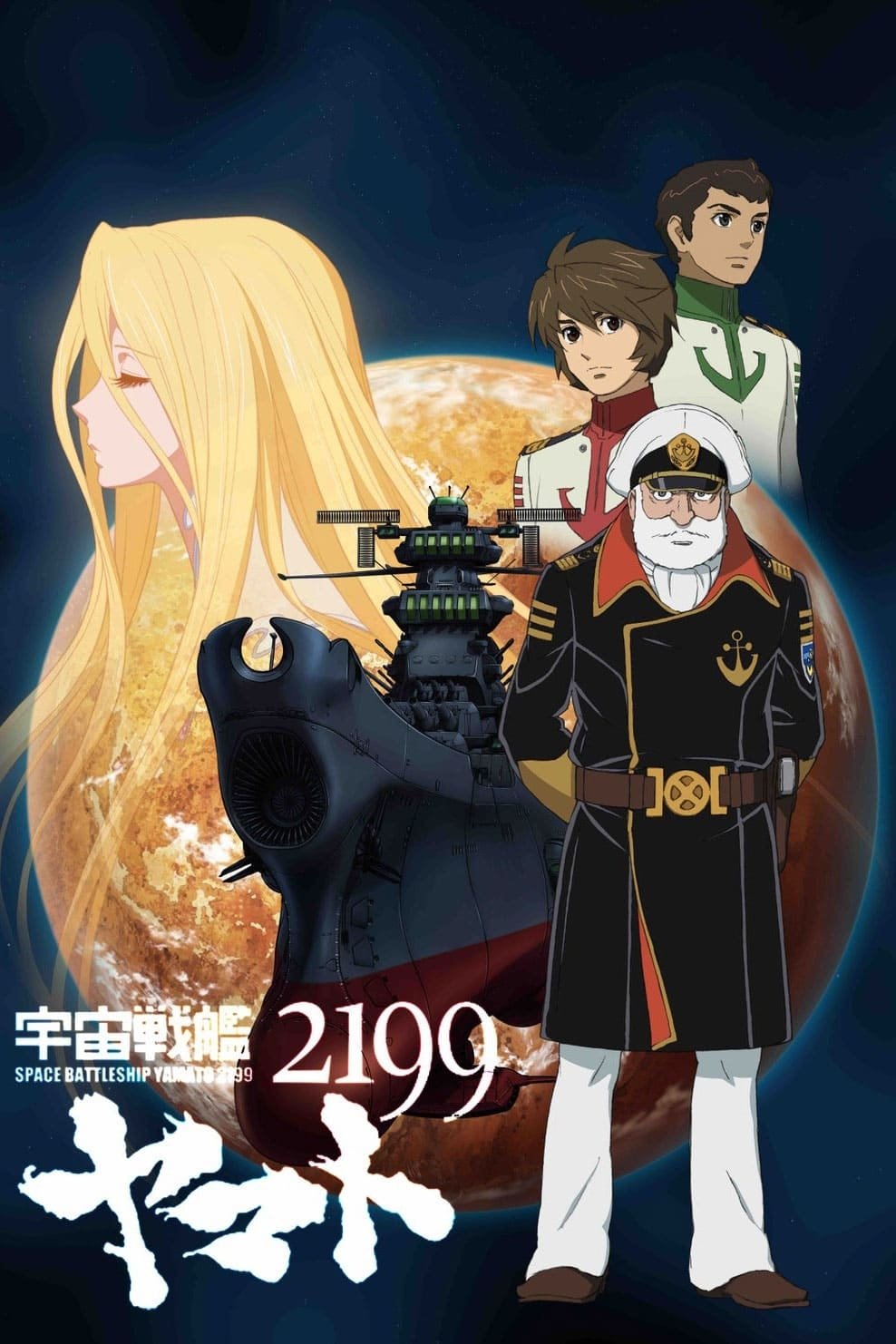
A lone spaceship embarks on a lengthy mission to recover technology that could save Earth. The crew is responsible for everything needed to survive the months-long journey through space – from steering the ship and maintaining its engines, to providing medical attention and keeping everyone’s spirits high. They also train for potential battles and how to repair damage.
The narrative follows a journey through dangerous lands, demanding skillful negotiation and information gathering. It illustrates the challenges of a warship maintaining secrecy while securing essential resources, and how choices made by those in charge affect everyone serving on board.
‘Outlaw Star’ (1998)

This show follows a small business navigating the challenges of transport and security work in the outer reaches of space. They’re constantly trying to earn enough to pay off debts and improve their ship, dealing with everyday hassles like customs and docking fees, and also getting caught up in the shady world of black market tech.
I’m really fascinated by how their travels take them to such diverse places – from brand new colonies still finding their feet to bustling, high-tech hubs. It’s not just sightseeing, though; each stop feels like a real-world lesson in how things get done when you’re dealing with vast distances and shaky authority. You get a glimpse of how different settlements operate, their rules, and how business actually functions out there – it’s incredibly insightful!
‘Space Dandy’ (2014)

A bounty hunter catalogs alien creatures, turning their expeditions into a regular, paid job. The story unfolds in everyday locations like diners, laundromats, and repair shops scattered across the galaxy, offering a glimpse into the practical side of space travel and the businesses that support it.
His job requires approvals, technology, and keeping track of information through various databases, which creates challenges from paperwork and other people also looking for discoveries. The show explains how some finds are more valuable than others, and how smaller teams manage to keep going until they strike it rich.
‘Mobile Suit Gundam’ (1979–1980)

During a widespread war fought on Earth and in space, an ordinary transport ship is converted for combat. The series focuses on daily life within space colonies, depicting the challenges of sharing cramped quarters between refugees and military personnel, and the intense work of maintaining and rearming giant robots between battles.
Effective conflict management involves strategies like limiting access, organizing security patrols, and preparing residents for unexpected situations. The environment details how habitats are constructed and maintain air pressure, how artificial gravity functions, and how spacecraft travel is scheduled based on fuel availability and resupply opportunities.
‘Martian Successor Nadesico’ (1996–1997)

A privately owned ship assembles a diverse team to safeguard supply routes and recapture lost ground. The story delves into the challenges of balancing business objectives with the demands of combat, and how the everyday lives of the crew – from cooks to engineers to pilots – help them stay coordinated through risky missions and intense fighting.
Ports and stations function much like small cities, providing housing for workers and controlling who can enter. The series also explores how these workplaces hire and keep employees for challenging positions, and how providing entertainment and leisure activities helps staff cope with extended periods away from home.
‘Crest of the Stars’ (1999–2000)

This story follows a young person who becomes a protected member of a vast galactic empire, experiencing life among its spaceships and aristocratic families. It details the complexities of space travel – everything from choosing cabins to ensuring security – and explores the customs and traditions that govern everyone’s behavior.
The careful use of language and formal rituals is evident in the detailed rules surrounding space travel, diplomatic protections, and how prisoners are handled. These rules demonstrate that for this civilization, politics influences every journey and decision.
‘Banner of the Stars’ (2000–2001)

This section explores how initial investigations develop into larger, ongoing efforts, often involving extended deployments on naval vessels. It details the makeup of ship crews, how they prepare for emergencies through drills, and how sailors advance in rank – all while operating far from home.
Patrolling involves a rigid routine, communal living, and constantly changing tasks. The show explores how these conditions impact the relationships between crew members and how choices made by officers influence everyone on board, from the command deck to the engine room.
‘Mobile Suit Gundam: Iron-Blooded Orphans’ (2015–2017)

I just finished watching this wild ride about a company of former child soldiers who’ve reinvented themselves as security contractors – and they’re working off-world, on Mars and throughout space! The movie really digs into the nuts and bolts of how they got started – how this scrappy startup managed to acquire spaceships, gather supplies, and even navigate the legal red tape. It’s fascinating to see them hustle, negotiating deals with clients and dealing with the powers that be along some seriously busy space routes. It’s less about laser battles and more about the surprisingly complex logistics of building a business in the vastness of space.
Life on a spaceship revolves around ongoing training, healthcare, and improvements, all while managing limited resources. The show emphasizes how every battle is connected to practical concerns like getting armor and fuel, and the potential for unexpected inspections to halt operations.
‘Astra Lost in Space’ (2019)
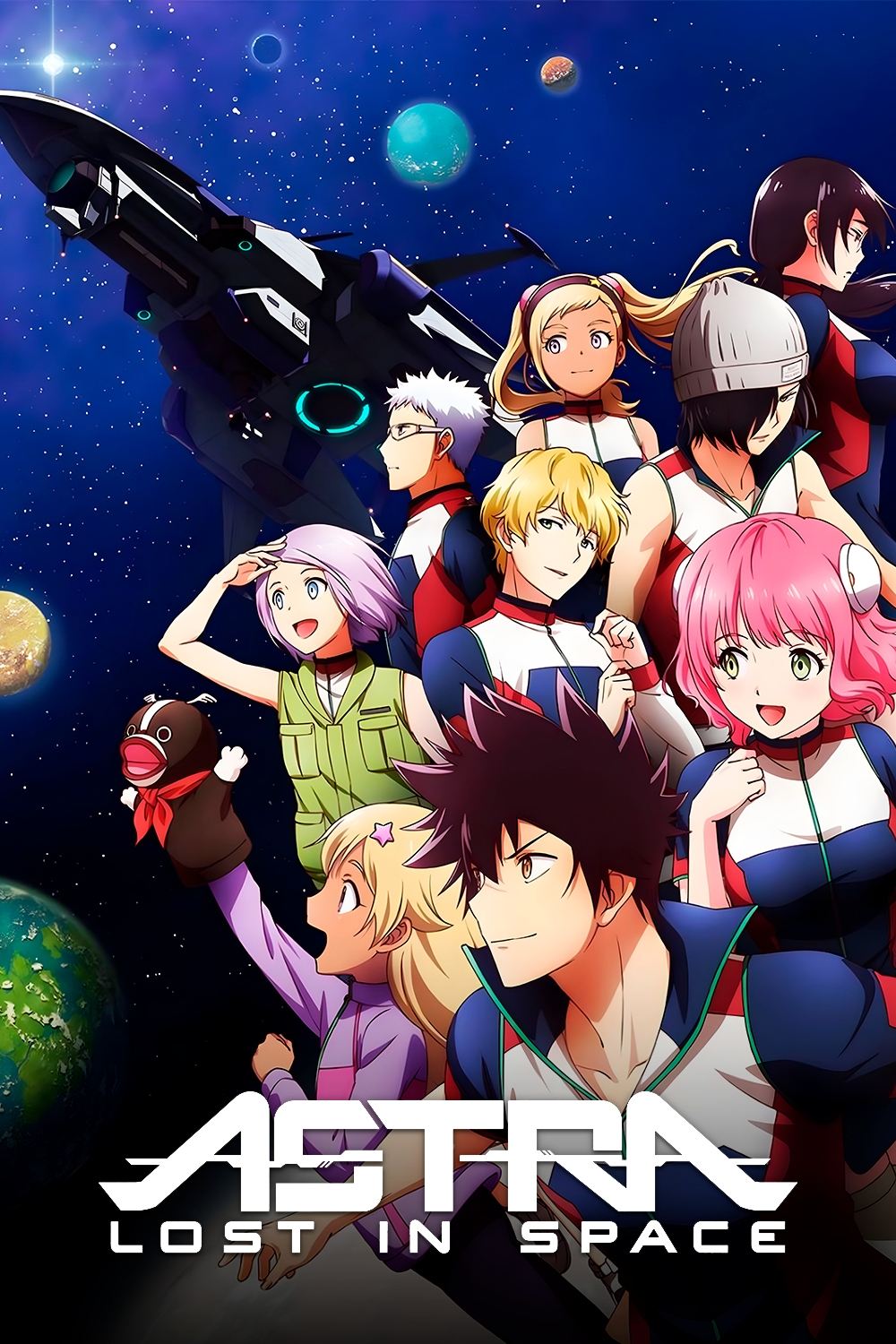
A group of students finds themselves lost far from home and needs to travel through several star systems to get back. Along the way, they learn essential skills like navigation, resource management – including food and oxygen – and how to work as a team, sharing responsibilities for flying the ship, fixing problems, and providing medical care.
Every planet the crew visits presents unique challenges, demanding new ways to land and explore. The show highlights these difficulties to demonstrate the careful safety measures and detailed planning essential for a long-term space mission with a small team.
‘Bodacious Space Pirates’ (2012)

A teenager unexpectedly comes into possession of a legal permit to captain a pirate ship. The story explores what it takes to run a privateer vessel in space today, including the surprisingly complex details of hiring a crew, dealing with legal requirements, and securing insurance – essentially, how privateering operates as a legitimate business.
Pirates support their operations in many ways, from providing services to tourists to even staging fake attacks. This account also details how they maintain secure communications, practice boarding ships, and follow a specific code of conduct when encountering other armed vessels.
‘Super Dimension Fortress Macross’ (1982–1983)
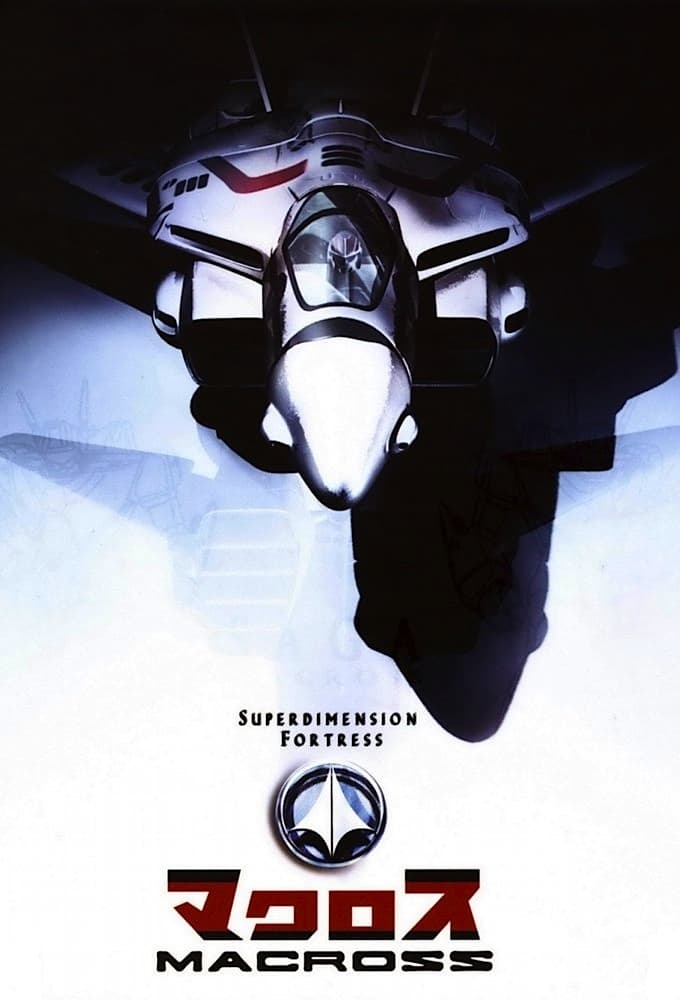
A mobile city exists within a massive, shape-shifting battleship constantly on the run. The story explores how ordinary citizens and soldiers live together, creating communities with shops and schools, all while adjusting to the ship’s artificial gravity as it pursues its objectives.
The crew handles everything from launching fighter planes and powering the ship’s drive to sending communications to both friends and foes. The story shows the day-to-day realities of supporting a community during a long journey through space, including keeping them supplied and informed.
‘Gunbuster’ (1988–1989)

New pilots enter a military program that sends them on long-distance space missions. Because of the speeds they travel, time works differently for them than for people back on Earth. The story details their training, the technical aspects of space travel, and the mental challenges of returning home after extended periods away.
Both engineering and medical professionals are studying how pilots cope with stress and how ships manage repairs while at sea for extended periods. This research highlights the physical and emotional toll that frequent deployments take on individuals and the communities they come from.
‘Terra Formars’ (2014–2016)
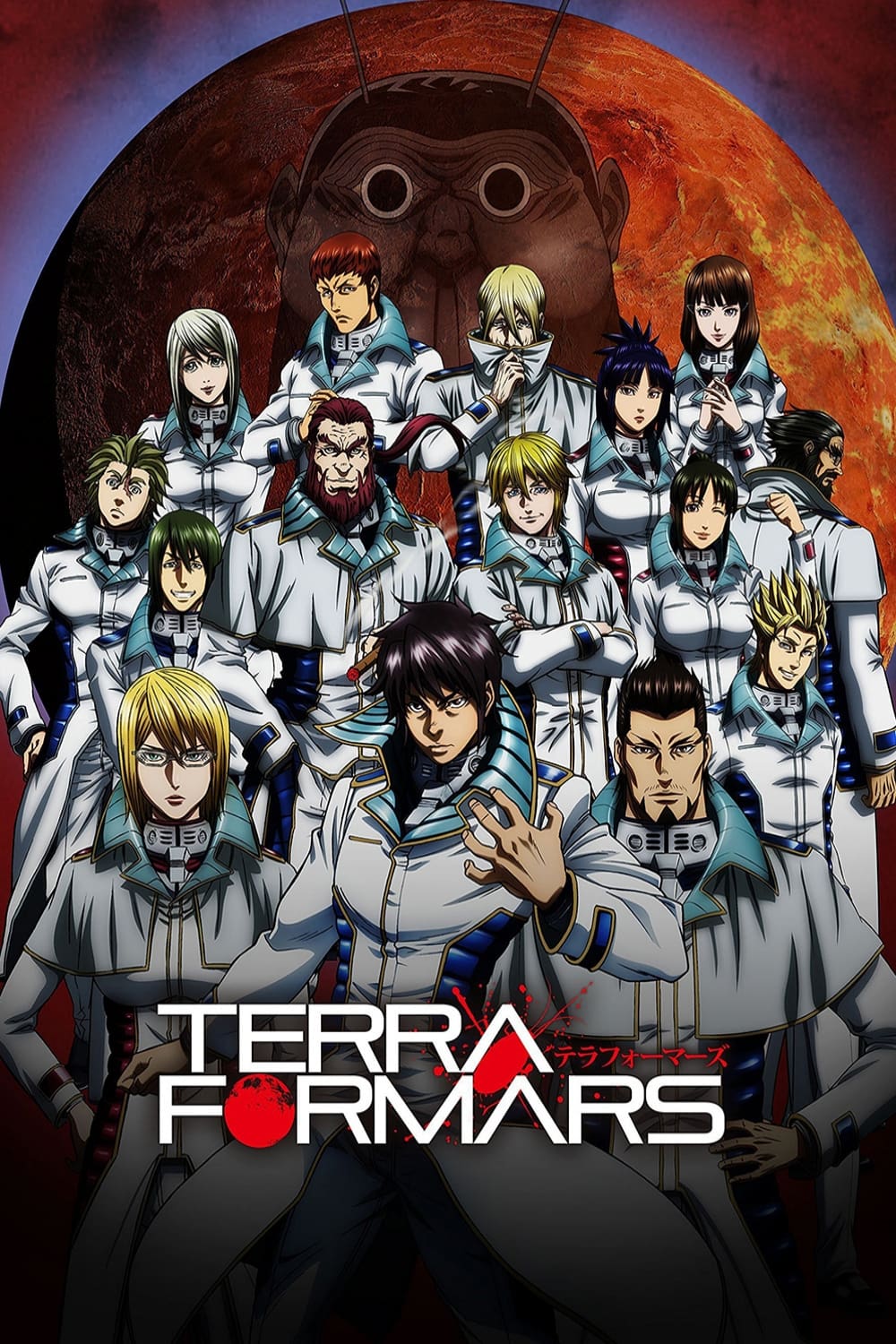
Teams from around the world are sent to Mars to deal with a dangerous environment resulting from previous attempts to make the planet habitable. Before arriving, they undergo training in isolation procedures, fighting techniques, and how to use equipment in Mars’ thin atmosphere.
Every space launch and return is carefully monitored by political bodies. The show explores disagreements over who has authority, how missions are paid for, and how public perception affects decisions about which teams are selected and what support they are given.
‘Space Pirate Captain Harlock’ (1978–1979)

A famous captain leads a ship operating beyond the reach of official authorities, battling dangers to human freedom. The show depicts daily life aboard a long-distance cruiser, where a small crew relies on loyalty, careful resource management, and a rigid routine to stay functioning.
Travel records detail paths that steer clear of guarded areas and lead to isolated stations. The narrative explains how ships use camouflage, gather information, and arrange repairs when they can’t use regular ports.
‘Moonlight Mile’ (2007)

As both private companies and government space agencies increase their activities in space, more engineers and climbers are becoming astronauts. This program documents their training, how space stations are built, and the growing business of projects orbiting Earth and on the Moon.
The book also examines the legal agreements, competitive bidding processes, and political factors involved in gaining access to resources. It provides a realistic view of career paths that emerge with the growth of construction and exploration industries in space.
Let us know what space-themed anime you love and tell us which ones we should check out in the comments below!
Read More
- DOGE PREDICTION. DOGE cryptocurrency
- TON PREDICTION. TON cryptocurrency
- GLD vs. SLV: Which ETF Wins for Retail Investors?
- The Dividend Maze: VYM and HDV in a Labyrinth of Yield and Diversification
- EQT Earnings: Strong Production
- Leveraged ETFs: A Dance of Risk and Reward Between TQQQ and SSO
- Calvin Harris Announces India Debut With 2 Shows Across Mumbai and Bangalore in November: How to Attend
- Dogecoin’s Wild Ride: 165K% Liquidation Chaos!
- The Relentless Ascent of Broadcom Stock: Why It’s Not Too Late to Jump In
- Gold Rate Forecast
2025-10-11 05:52